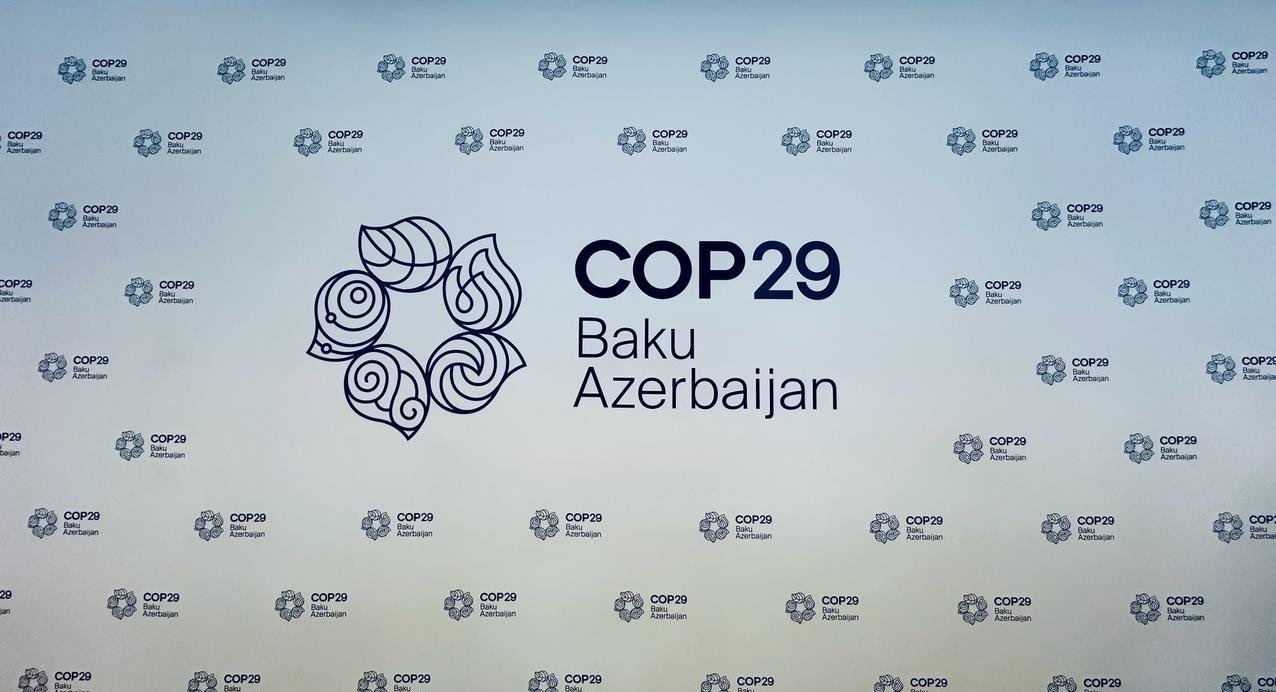The month of November 2025 will deliver many verdicts. On the 5th November, the eyes of the world were on Washington for the U.S. elections. COP29, which will be held in Baku from the 11th to the 22nd of November, and the G20 Heads of State and Government Summit of Rio de Janeiro, on the 18th and 19th, will be the first international moments after the US vote.
Regardless of the outcome of the US election, COP29 continues and the “political pact” between the Parties on how to finance climate action will be redefined in Baku. The negotiations will tell us who is going to pay for the climate transition and how much. Over the next three weeks we will find out how countries will commit to mobilise the necessary capital, estimated at $1 trillion per year, the sum needed by the international climate finance by 2030 for emerging countries, excluding China.
The importance of COP29 will be assessed against two benchmarks. The first one is of geopolitical nature: how much will countries invest in finding an effective, equitable and inclusive multilateral solution to address the most complex global challenge facing contemporary societies? Without it, the whole framework and credibility of the Paris Agreement is at risk.
The second benchmark is the ability to design and adopt a global climate finance framework that directs public and private resources towards infrastructure and projects that can transform the global economy, building societies that can better resist to climate impacts and that are capable of absorbing, to the extent possible, the damage and losses caused by climate change.
The negotiations will revolve around the identification of the New Collective Quantified Goal on Climate Finance (NCQG). Climate and foreign ministries’ delegations in Baku will negotiate the new financial goal, although those who will have the most influence to shift the political balance will be heads of state and finance ministers.
Beyond the technical negotiation, countries like Italy, which is a G7 and G20 member, have important historical responsibilities and relatively higher financial resources than others. These countries must ensure the availability of financial resources, in particular from public finance, especially for the most vulnerable countries to transition and prepare for climate disasters while also meeting their immediate demands for development.
What does this mean for Italy concretely?
First of all, Italy must reaffirm its contribution of 100 million euros for the Loss and Damage Fund, which was announced at COP28 in Dubai. The step forward, at COP29 in Baku, would be the definition of a timeline for the delivery of this contribution and what it will cover. Including this contribution in the Budget Law would be the most immediate way to ensure delivery as early as 2025.
The next priority will be two concessional and subsidised loan funds which are of great impact for the most vulnerable countries, especially in Africa. : the refinancing of the World Bank’s International Development Agency (IDA) and the contributions to the Adaptation Fund.
In 2022, IDA was the largest provider of climate finance to African countries, with $4.45 billion. Crucially, it is the main source of funding for the most vulnerable countries, 70 per cent of which go to Sub-Saharan African countries. For every dollar contributed, IDA is able to raise up to four dollars in the capital market. COP29 and the G20 are the most important occasions of the year before IDA21 final replenishment meeting, which will be held on the 5th and 6th of December in the Republic of Korea. A replenishment increase from Italy would have a trickle-down effect on other G7 countries and would fully answer the mobilisation call of the World Bank President and major African countries.
On the Adaptation Fund, the recent Parliamentary resolution committing to renew Italy’s contributions on a yearly basis and through ETS revenues is a good step forward. Investing in adaptation is crucial to prevent the loss and damage of climate impacts, as well as potential migration pressures and new conflicts. Adaptation is already at the centre of the Italian government’s international action, as shown by the conclusions of the International Conference on Development and Migration (Rome Process) in July 2023, by President Meloni’s participation in the high-level event on adaptation at COP28, and by the G7 initiative on adaptation (G7 Adaptation Accelerator Hub) launched in April by Italy during the G7 Climate Ministerial in Venaria. This fund is also the only one that has not met its target of raising $300 million by 2023 despite commitments from developed countries, such as Italy, to double adaptation finance by 2025. Italy’s contribution will be crucial to pull in other donors.
Another important signal from Italy would be a commitment on how to relieve the debt burden from countries hit by extreme climate events. One mechanism already adopted by all G7 countries, with the exception of Italy, is the inclusion in all new loans of Climate Resilient Debt Clauses (CRDCs). This is a tool to postpone debt payments in the event of environmental or climate disasters and grant the most vulnerable countries immediate access to liquidity to respond to crises. Italy remains the only G7 country that has not yet made a concrete commitment to do so.
Finally, Italy could play at home by supporting the TeraMed initiative, which aims to reach one Terawatt of installed renewable power by 2030 in the Mediterranean region. This initiative is intrinsically aligned with the framework of the Mattei Plan goals and projects. The initiative could deliver on COP29 goals to support the development of national (or country) and regional investment platforms in North African countries (coordination mechanisms to catalyse and ground public and private financing) and involve Cassa Depositi e Prestiti and the Climate Fund.
These signals would represent a concrete contribution by Italy, not only to increase financial resources, but also to build the necessary trust for all countries to sign an agreement that will have to take into account the different interests at stake. This includes G7 countries’ interest to broaden the base of traditional donors to those economies and geopolitical players that already contribute significantly to international investment, such as China and the Gulf countries.
Finally, the outcome of COP29 will influence the willingness of countries to submit new emission reduction plans to 2035. Due in February 2025, these plans will be central to the outcome of next year’s COP30. Within this framework, all countries are expected to outline targets and plans to implement the COP28 commitment of transitioning away from fossil fuels, triple installed renewable energy capacity, and double energy efficiency efforts by the end of this decade.







